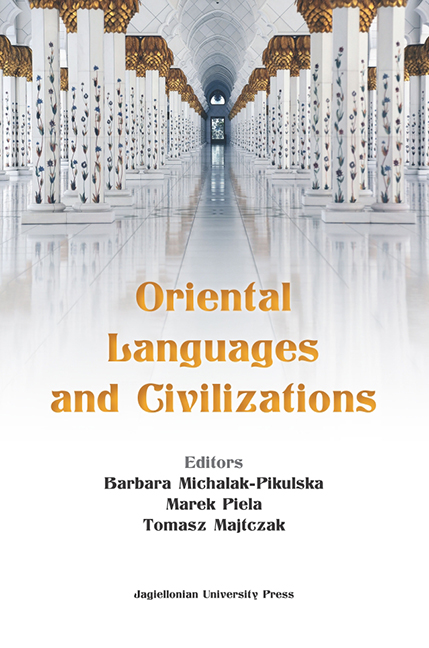What makes a tanka poem a tanka? Modern approachesto form and versification in Japanese tankapoetry
Published online by Cambridge University Press: 06 November 2021
Summary
Abstract
Tanka, since the time ofthe Kokin wakashū(compiled in the beginning of the 10thcentury), was the main genre of waka or Yamatouta, Japanese poetry, and one of the mostimportant genres of Japanese literature on thewhole. The most distinctive feature of tanka has been its rhythm of5 7 5 7 7 syllables (or more precisely, moras) inthe respective verses. In the Kanajo preface of the Kokin wakashū, Ki noTsurayuki wrote that in the time of gods the poemswere simple, the number of the syllables was notestablished and sometimes it was difficult tounderstand the meaning of the poem. Later, with theadvent of the time of men, starting with the poem ofSusanoo no Mikoto (traditionally considered to bethe first tanka), thepoems started to consist of misohitomoji or 31 syllables. This metrewas kept without any changes until the Meiji era(1868–1912), when Western approaches to poetrybecame known and some of the poets voiced the needto reform the tanka.Ishiwara Jun (1881–1947) initiated a jiyūritsu tanka, a tanka in a free rhythm, andIshikawa Takuboku (1886–1912) purposely wrote histanka poems in threelines. Nevertheless, the rhythm of 5- and 7-syllableverses did not become extinct, and after some timemost of the jiyūritsutanka poets reverted to teikei tanka, or tanka with the standardform. Today the teikeitanka is still strong, yet the variantverses of 6 or 8 or even more syllables are morecommon than in the classical tanka. In this paper I want to examinedifferent approaches to tanka versification in modern times andI will try to answer the question to what extentkeeping the rhythm is necessary today in creatingand translating tankapoetry.
Keywords: Japanese poetry, tanka, modern poetry, versification,Japanese literature
The initial point for my present paper was aconversation I had some time ago with a prospectiveeditor of a book of Japanese poems I wastranslating. The author of the poems is Yosano Akiko(1878–1942), a famous poet and writer, literarycritic, feminist, pacifist and social reformer. Themost famous poetry book by Yosano Akiko was herfirst collection, Midaregami or Tangled hair, published in 1901.
- Type
- Chapter
- Information
- Oriental Languages and Civilizations , pp. 91 - 100Publisher: Jagiellonian University PressPrint publication year: 2022



